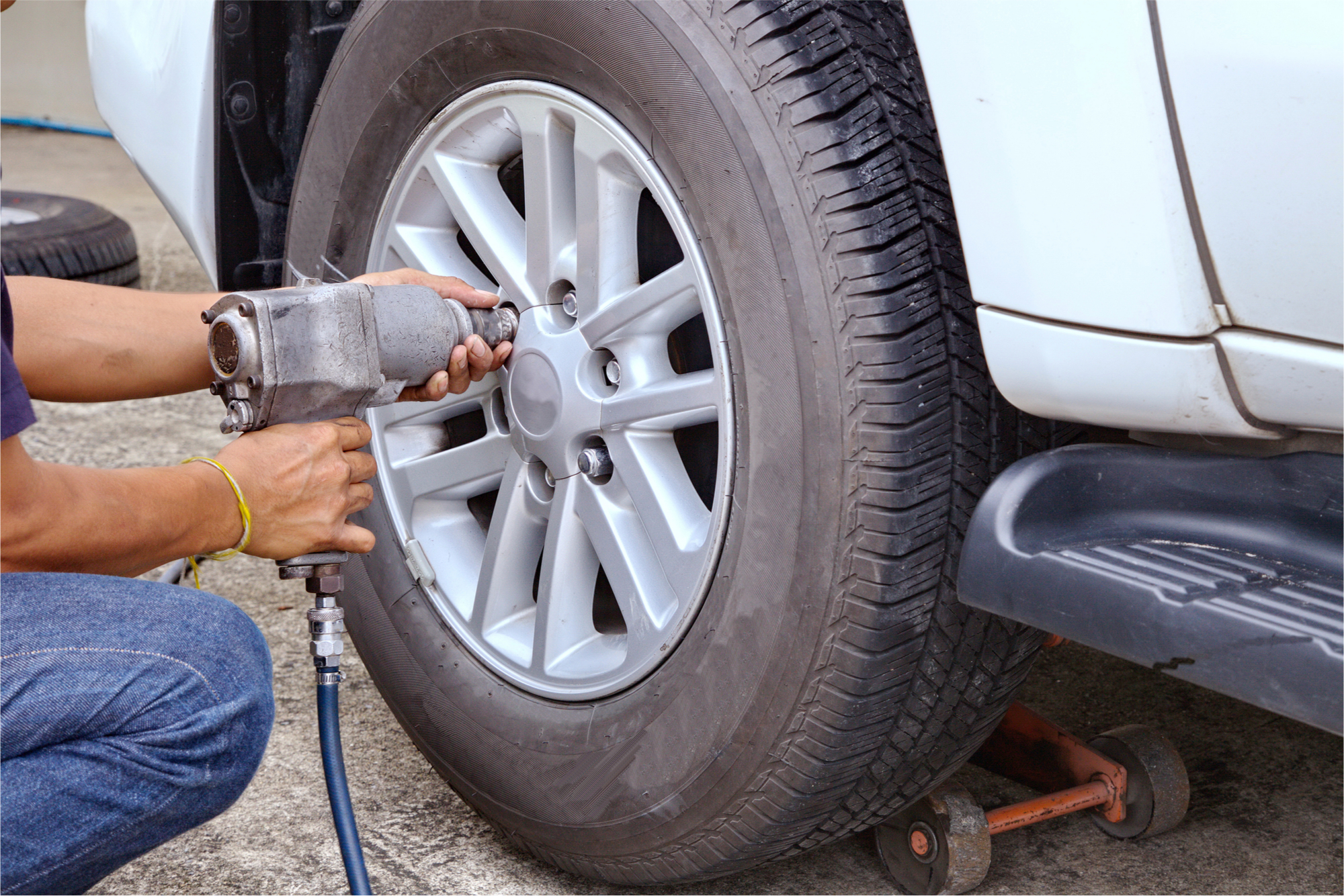The drivers will be able to more easily pick tires that are more fuel-efficient, which will result in significant savings and reduce environmental pollution.
The old EU tire label that was introduced in November 2012 states the rolling resistance - a significant factor contributing to fuel consumption, wet grip and external rolling noise. The new EU label that will be applied from May 2021 is more logical, clear and interactive.
A QR code was introduced to allow easy access to more detailed information on chosen tires. The QR code link redirects to the European Product Registry for Energy Labelling (EPREL) database which contains the product information sheet. Tires are the most important part of cars because they connect the car with the road surface, each of them pressing down on the road over an area about the size of a human hand.This enables driving on the desired path and ensures handling, stability and braking of the car, claims Autoportal.
The new EU label contains redesigned data on the rolling resistance class and wet grip, while the external rolling noise level is shown as a decibel value and the letters A, B or C. The grades of rolling resistance and wet grip are divided into five label classes with A being the best. Classes A, C and E are marked with colours as those on the traffic light - green, yellow, red, and B and D are intermediate colours - light green and orange.
Rolling resistance makes up 10 to 30 per cent of the driving resistance, depending on the speed and incline of the road, and engages the necessary amount of energy of the car engine and directly affects fuel consumption. The harder and smoother the tire, the lower the rolling resistance, but also the worse the grip. Especially on wet and slippery roads.

Wet grip, which improves traction on wet surfaces and shortens braking distances, is extremely important for handling and driving safety. The third feature of a car tire is the external rolling noise. Noise has a detrimental effect on the environment, especially around highways. When the tire rolls, vibrations and sound waves from the road are transmitted inside the vehicle and affect driving comfort. At the bottom of the label, there is a separate classification for snow tires (symbol of “Triglav” with a snowflake) and ice (spike with ice).
From May, the new EU labels will also have to be available for heavy commercial vehicle tires, classes C1, C2 and C3. The scaling of the upper classes A to C remains unchanged. Class D is now used and filled with former class E because of rolling resistance and wet grip, while the former classes F and G will form the new class E.
Increasing the energy efficiency of passenger and freight vehicles contributes to reducing the consumption of fossil fuels and emissions of harmful gases. The fight for energy efficiency, cleaner energy, air and water involves EU support with the synergy of the energy, environment and transport sectors.
The support from the EU to energy sector in Serbia has amounted to more than EUR 830 million from 2000 up to now. Energy sector is in the focus of the EU because it has a great impact on all other sectors in the society. The projects the EU is implementing in the energy sector decrease the dependency on fossil fuels, increase the use of renewable energy sources and increase the energy efficiency. In Serbia, the projects from this area ensure a stable energy supply respecting the environment, encourage the liberalization of the market and of the investments.